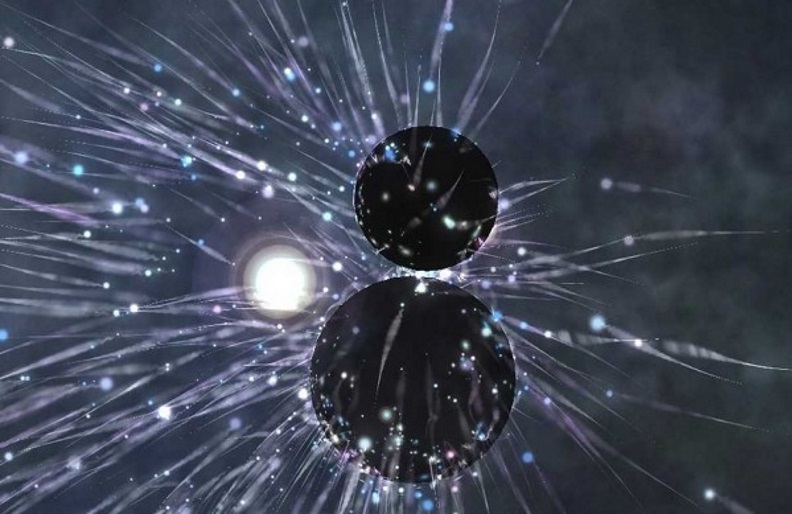One way or another, researchers are always playing around with light. From physicists attempting to turn it into matter to scientists storing it as sound, this electromagnetic radiation has many properties that can be exploited in creative and very useful ways.
Now, new work from the Univesity of Amsterdam (UA) and Osaka University (OU) has just revealed a crucial discovery related to perovskites crystals that may just be the key to efficiently turning light into electricity. The research led by prof. Tom Gregorkiewicz (UA, OU) and Prof. Yasufumi Fujiwara (OU) has found that the crystals have strong carrier multiplication properties, a previously unknown fact.
Carrier multiplication properties
Perovskites, discovered in 1839 by German mineralogist Gustav Rose and named after Russian mineralogist Count Lev Alekseevich Perovski, are minerals with the same type of crystal structure as calcium titanium oxide (CaTiO3). This structure is known as the perovskite structure.
The materials have applications is perovskites solar cells known to be preferable to traditional silicon ones because they can be manufactured with much simpler and cheaper techniques. In addition, the solar cell efficiencies of devices using perovskites have significantly increased in the past few years (3.8% in 2009 to 22.7% in late 2017 in single-junction architectures).
With the potential of offering very high efficiency combined with low production costs, these perovskites cells are considered the fastest advancing solar technology to date. Their desirable electronic properties have also seen them be useful in the construction of LEDs, TV-screens and even lasers.
The Shockley-Queisser limit
Despite being studied extensively in the last year by physicists, researchers had yet to discover this impressive carrier multiplication ability. Now, the revelation is bound to see the Shockley-Queisser limit revisited.
This limit, also known as the detailed balance limit, refers to the maximum theoretical efficiency of a solar cell (ie its ability to turn light into electrical power). In ordinary solar cells, it lies at most a little of 30%.
However, in materials that display the carrier multiplication effect that limit has already been beat, with efficiencies of up to 44% reached. The question now becomes, what could perovskites achieve?
So far, spectroscopy studies undertaken by the researchers on perovskite nanocrystals made out of cesium, lead, and iodine have shown that the “efficiency of this effect is higher than reported thus far for any other materials.” These studies were further supported by material scientists Chris de Weerd and Leyre Gomez from the Optoelectronic Materials as well as staff from the National AIST Institute in Tsukuba and Technical University Delft.
De Weerd, who successfully defended her Ph.D. thesis on this and other research, believes the discovery will open new doors for the crystals. “Until now, carrier multiplication had not been reported for perovskites,” De Weerd said in a statement.
“That we have now found it is of great fundamental impact on this upcoming material. For example, this shows that perovskites can be used to construct very efficient photodetectors, and in the future perhaps solar cells,” she added.
The study was published in the journal Nature Communications.
